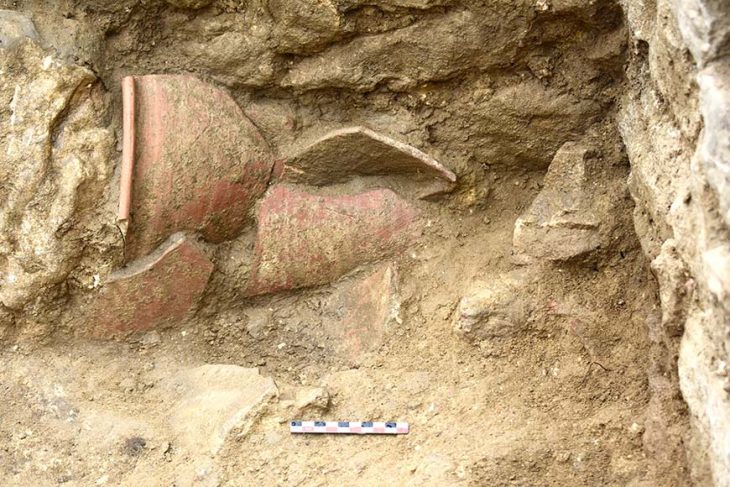In a groundbreaking study published in the esteemed Journal of Archaeological Science, scholars from the University of Cambridge have shed light on a peculiar facet of Roman life: the utilization of ceramic pots as portable toilets, known colloquially as chamber pots.
The research, conducted at a Roman villa dating back to the 5th century in Sicily, focused on analyzing a peculiar layer of encrusted material discovered within ceramic vessels. Roger Wilson, a professor at the University of British Columbia’s department of Classical, Near Eastern, and Religious Studies, spearheaded the investigation through the Gerace archaeological project in Sicily.
“Conical pots resembling these have been identified across the expanse of the Roman Empire, often mistakenly deemed as storage jars due to a lack of concrete evidence. However, our findings challenge this assumption,” asserts Wilson.
Employing advanced microscopy techniques, the team from the Ancient Parasites Laboratory meticulously examined the residue within these ancient vessels. Their analysis revealed the presence of whipworm eggs, providing irrefutable evidence of their past use for human waste disposal.
Sophie Rabinow, a key contributor from the Cambridge team, elucidates, “The unique concretions formed within these pots effectively preserved the delicate parasite eggs, offering a window into the past practices of Roman sanitation.”
This groundbreaking discovery marks the first instance of identifying parasite eggs within concretions housed in a Roman ceramic vessel, affirming their role as receptacles for human excrement.
While the dimensions of the Gerace chamber pot suggest it could accommodate sitting, it is hypothesized that it was predominantly utilized in conjunction with a wickerwork or timber chair, providing additional comfort and convenience to its users.
Piers Mitchell, an expert in parasites who spearheaded the laboratory analysis, speculates, “Given its location within the baths complex of the Roman villa, it is plausible that visitors to the baths availed themselves of this chamber pot for their sanitary needs, reflecting the paramount importance of convenience in Roman society.”
Source: University of British Columbia
